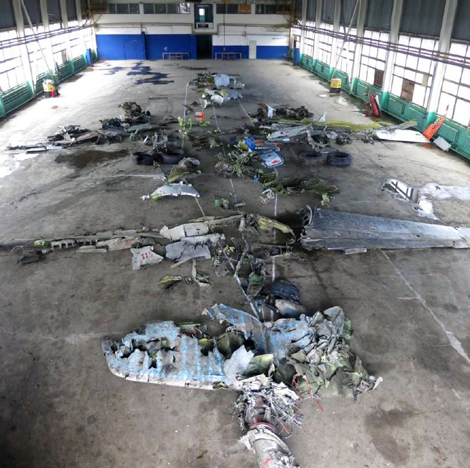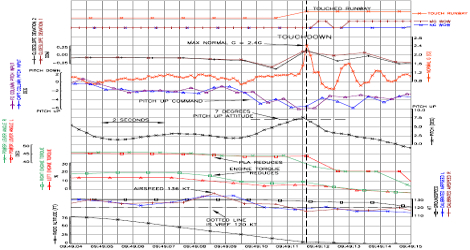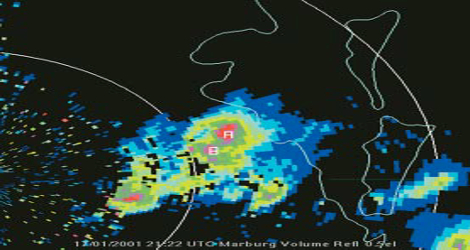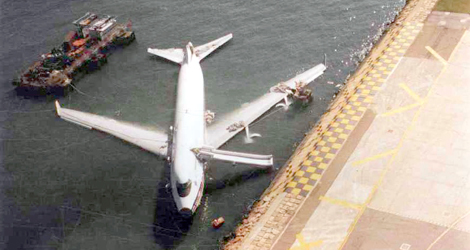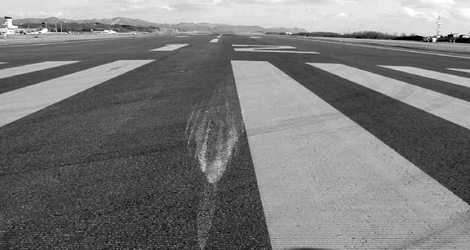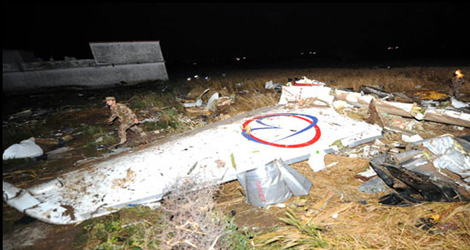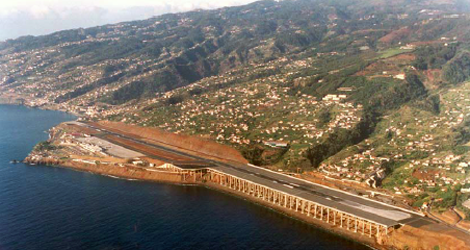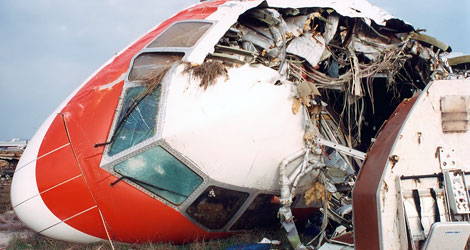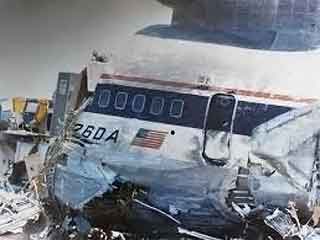Emirates flight EK521 crashed on 3 August 2016 while operating a scheduled passenger flight UAE521, departed Trivandrum International Airport India, at 0506 UTC for a 3 hour 30 minute flight to Dubai International Airport (OMDB), the United Arab Emirates, with 282...
Wind shear, sometimes referred to as windshear or wind gradient, is a difference in wind speed and/or direction over a relatively short distance in the atmosphere.
Wind shear is a microscale meteorological phenomenon occurring over a very small distance, but it can be associated with mesoscale or synoptic scaleweather features such as squall lines and cold fronts. It is commonly observed near microbursts and downbursts caused by thunderstorms, fronts, areas of locally higher low level winds referred to as low level jets, near mountains, radiation inversions that occur due to clear skies and calm winds, buildings, wind turbines, and sailboats. Wind shear has a significant effect during take-off and landing of aircraft due to its effects on control of the aircraft, and it has been a sole or contributing cause of many aircraft accidents.
Fly Dubai Boeing B737-8KN (A6-FDN) flight FZ981
The final report about the Fly Dubai flight FZ981 crash was released by the INTERSTATE AVIATION COMMITTEE on November 25th 2019, after three years from the accident, which happened in Rostov on Don airport (Russia) on...
FLYBE – DASH 8 DHC-8-402 (G-EC0Z) Flight BE461
The FLYBE flight BE461 crew and aircraft were operating the first sector of a return fight from Newcastle to London Gatwick. They were aware of forecast strong and gusty wind conditions throughout the south of England. The commander was the PF and, once the PNF...
Qantas – Boeing B737-400 (VH-TJX)
On 18 January 2001, Qantas flight VH-TJX, a Boeing 737-476 aircraft, encountered microburst windshear at 0729 EST while conducting a go-around from runway 19 at Brisbane aerodrome during an intense thunderstorm. The aircraft was operating a scheduled fare-paying...
China Airlines – Boeing B747-409B (B-165) flight CAL605
China Airlines flight CAL604 was a flight from Taiwan to Hong Kong international airport operated with a Boeing B747-409B (B-165) operated on 04th November 1993. On the day of the China Airlines flight CAL605 accident, Hong Kong International Airport (HKIA) was...
ANA All Nippon Airways – Airbus – A321-131 (JA-104A) flight NH391
ANA All Nippon Airways flight NH391 , an Airbus A321-131 registration JA104A, was operating as scheduled flight from Nagoya to Hakodate. The flight crew of ANA All Nippon Airways flight NH391 were briefed for the flight by the dispatcher before departure from Nagoya...
Bhoja Air – Boeing – B737-236A (AP-BKC) flight BHO213
Bhoja Air flight BHO213 , a Boeing B737-236A was scheduled to fly a domestic flight on 20th April, 2012 from Jinnah International Airport (JIAP) Karachi to Benazir Bhutto International Airport (BBIAP) Islamabad. The aircraft had 127 souls onboard including 06 flight...
American Airlines – Mcdonnel Douglas – MD83 (N-566AA) flight AA1572
American Airlines flight AA1572 : on November 12, 1995, at 0055 eastern standard time a McDonnell Douglas MD-83, N566AA, owned by American Airlines and operated as flight AA1572, was substantially damaged when it impacted trees in East Granby, Connecticut, while on...
Airtours – Airbus – A321-211 (G-VOLH) in Funchal
Airtours A321 G-VOLH in Funchal : departed Manchester on 18th April 2001, at 07:26 UTC hours,with 7 crew and 167 passengers on board, for a charter flight with Funchal Airport (Madeira Island) as destination. The flight was an uneventful transit until the landing. The...
Air France – Airbus – A320-311 (G-GLZC) flight no. AF3682
Air France flight AF3682 was on ILS final approach to runway 08 at Cayenne-Rochambeau aerodrome, the airplane encountered windshear and sank suddenly at a height of a hundred feet. A "SINK RATE" warning sounded. The Co-pilot, at the controls, pulled back on the...
Martinair Holland – Douglas corporation – DC10-30F (PH-MBN) flight MP495
Martinair Holland flight MP495 crashed on 21 December, 1992, a DC-IO-30F aircraft registration PH-MBN, with 327 Passengers and 13 Crewmembers on Board while executing an approach to Runway 11 at Faro Airport, for a landing. An active Thunderstorm Formation was...
Delta Airlines – Lockeed – L1011 (N-726DA) flight DL191
Delta Airlines flight DL191 crashed on August 2, 1985, at 1805:52 central daylight time. Delta Airlines flight DL191, a Lockheed L-1011-385-1, N726DA, crashed while approaching to land on runway 17L at the Dallas/Fort Worth International Airport, Texas. While passing...
Aviation accidents
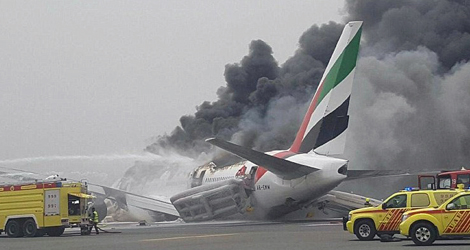 An aviation accident is an incident in which an aircraft is damaged or destroyed as a result of a collision, fire, structural failure, or other event. Aviation accidents can be caused by a variety of factors, including mechanical failure, pilot error, adverse weather conditions, and sabotage. Aviation accidents can result in fatalities, injuries, and damage to property.
An aviation accident is an incident in which an aircraft is damaged or destroyed as a result of a collision, fire, structural failure, or other event. Aviation accidents can be caused by a variety of factors, including mechanical failure, pilot error, adverse weather conditions, and sabotage. Aviation accidents can result in fatalities, injuries, and damage to property.
Aviation incidents
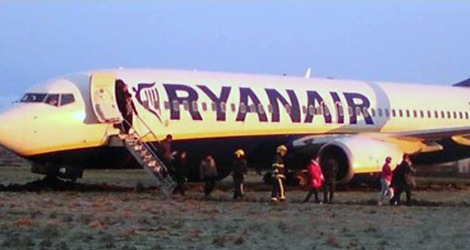 An aviation incident is an occurrence, other than an accident, that affects or could affect the safety of aircraft operations. Examples of aviation incidents include near collisions, runway incursions, and unruly passenger incidents.
An aviation incident is an occurrence, other than an accident, that affects or could affect the safety of aircraft operations. Examples of aviation incidents include near collisions, runway incursions, and unruly passenger incidents.
Aviation serious incidents
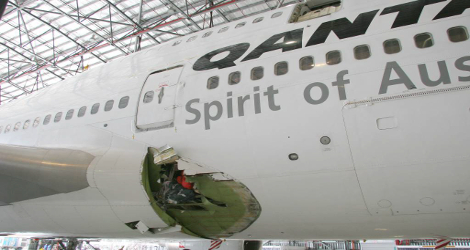
A serious incident in aviation refers to an event that could have resulted in an accident or that had the potential to cause serious injury or death. Some examples of serious incidents in aviation include engine failure, in-flight fires, and loss of control of the aircraft.

